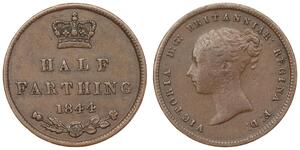(sold for $5.0)
1500s, Cologne (Free City). Early Silver Hohlpfennig (Bracteate) Coin. F+
Mint Place: Cologne Mint Period: 1167-1197 Reference: Saurm. 2829. Denomination: Hohlpfennig (Bracteate) Condition: Minor deposits, otherwise F+ Diameter: 11mm Weight: 0.18gm Material: Silver
Obverse: Coat-of-arms of Cologne. Reverse: Blank (as usual for this issue).
Cologne (German: Köln, Colognian: Kölle) is the largest city in the German federal State of North Rhine-Westphalia and the fourth-largest city in Germany (after Berlin, Hamburg, and Munich). It is located within the Rhine-Ruhr metropolitan region, one of the major European metropolitan areas, and with more than ten million inhabitants, the largest in Germany. Cologne is about 45 km southwest of North Rhine-Westphalia's capital of Dusseldorf and 25 km northwest of Bonn.
Cologne is located on both sides of the Rhine River, near Germany's borders with Belgium and the Netherlands. The city's famous Cologne Cathedral (Kölner Dom) is the seat of the Catholic Archbishop of Cologne. The University of Cologne (Universität zu Köln) is one of Europe's oldest and largest universities.
Cologne was founded and established in Ubii territory in the first century AD as the Roman Colonia Claudia Ara Agrippinensium, from which it gets its name. "Cologne", the French version of the city's name, has become standard in English as well. The city functioned as the capital of the Roman province of Germania Inferior and as the headquarters of the Roman military in the region until occupied by the Franks in 462. During the Middle Ages it flourished on one of the most important major trade routes between east and west in Europe. Cologne was one of the leading members of the Hanseatic League and one of the largest cities north of the Alps in medieval and Renaissance times.

|
Posted by:
anonymous 2019-05-28 |
1/2 Farthing United Kingdom of Great Britain and Ireland (18 ...
group has 9 coins / 8 prices
⇑

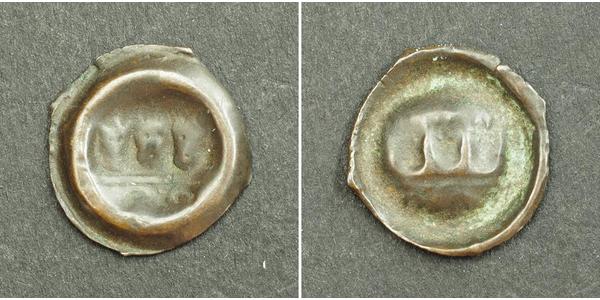






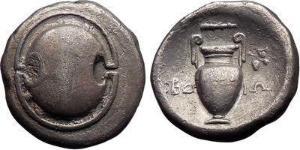



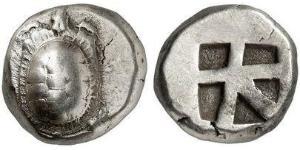


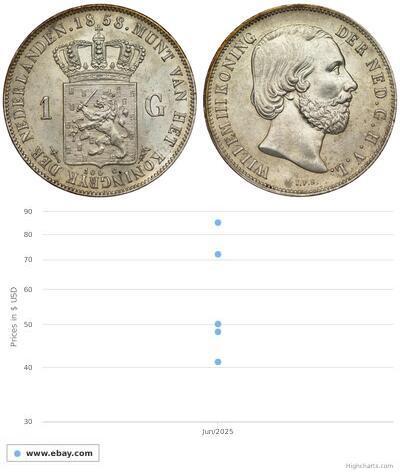
-300-150-YYnBwcI0woEAAAEnE4RaOLOG.jpg)
